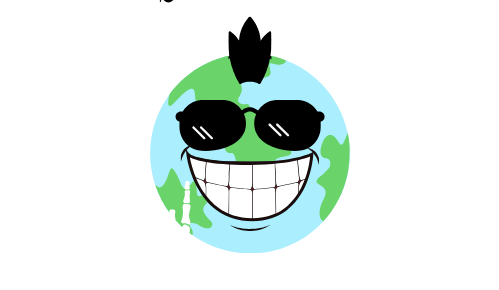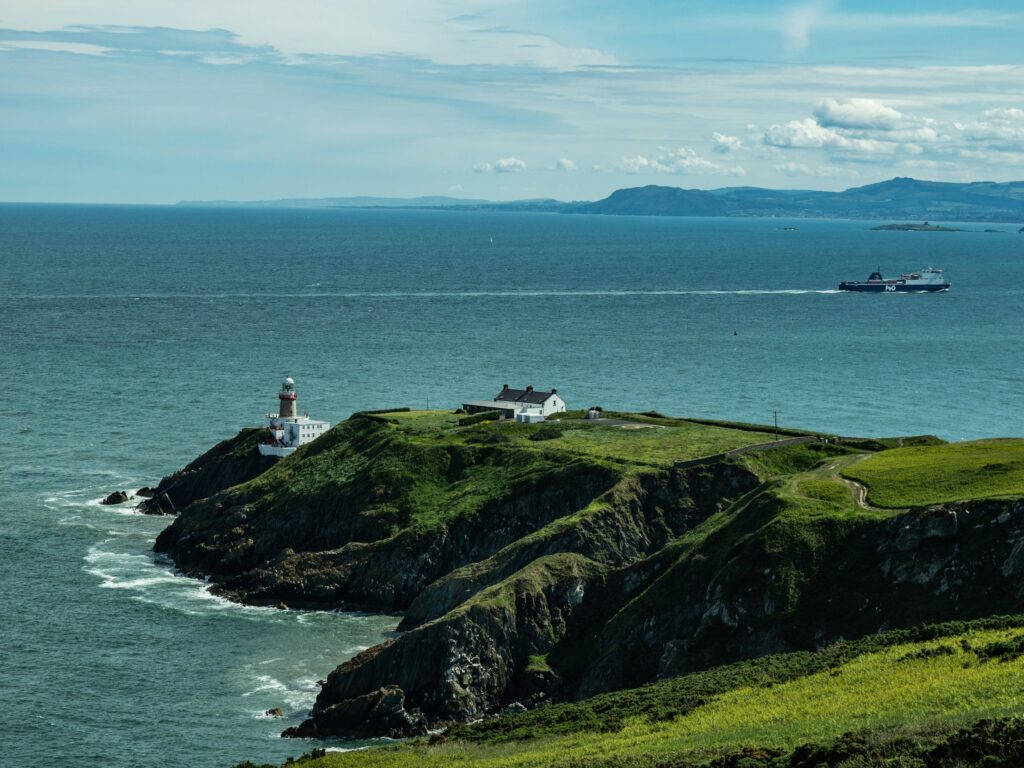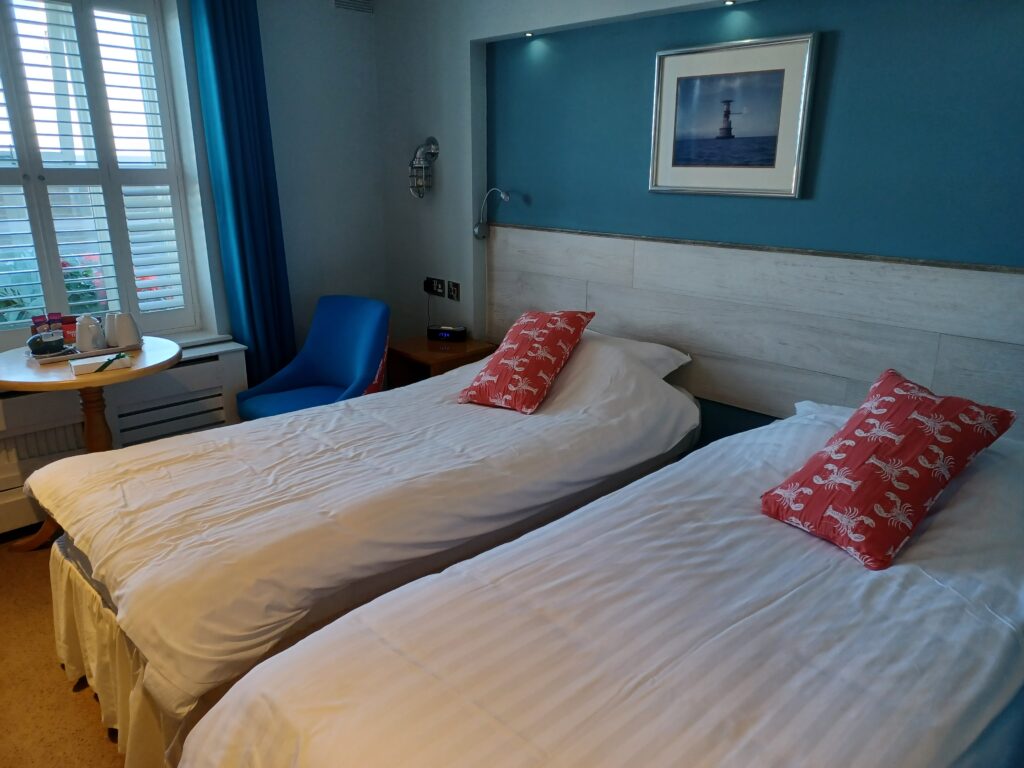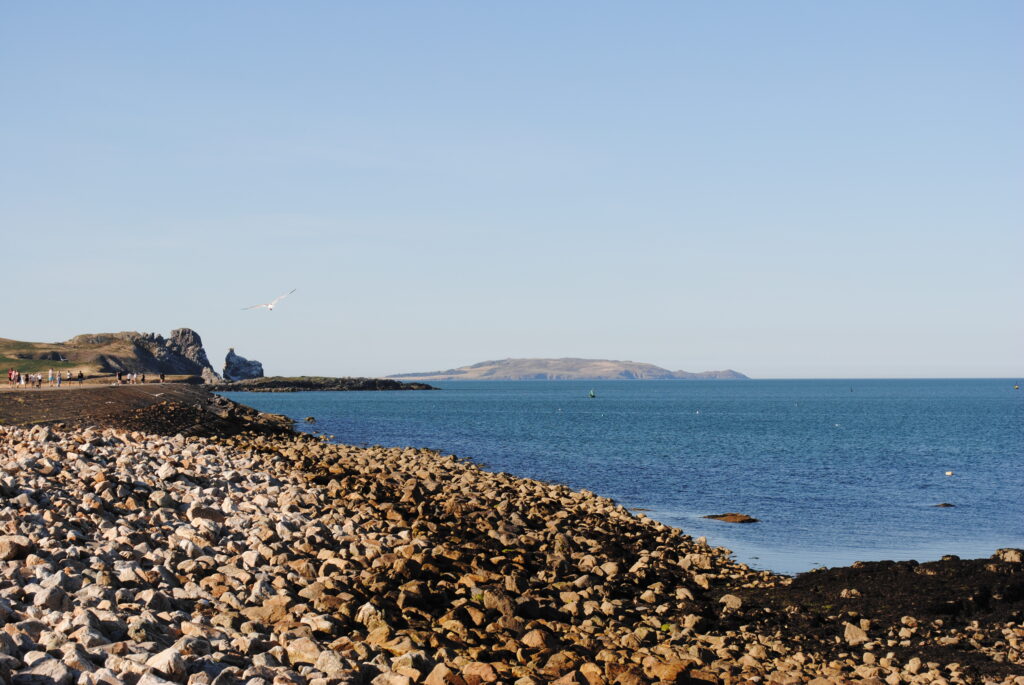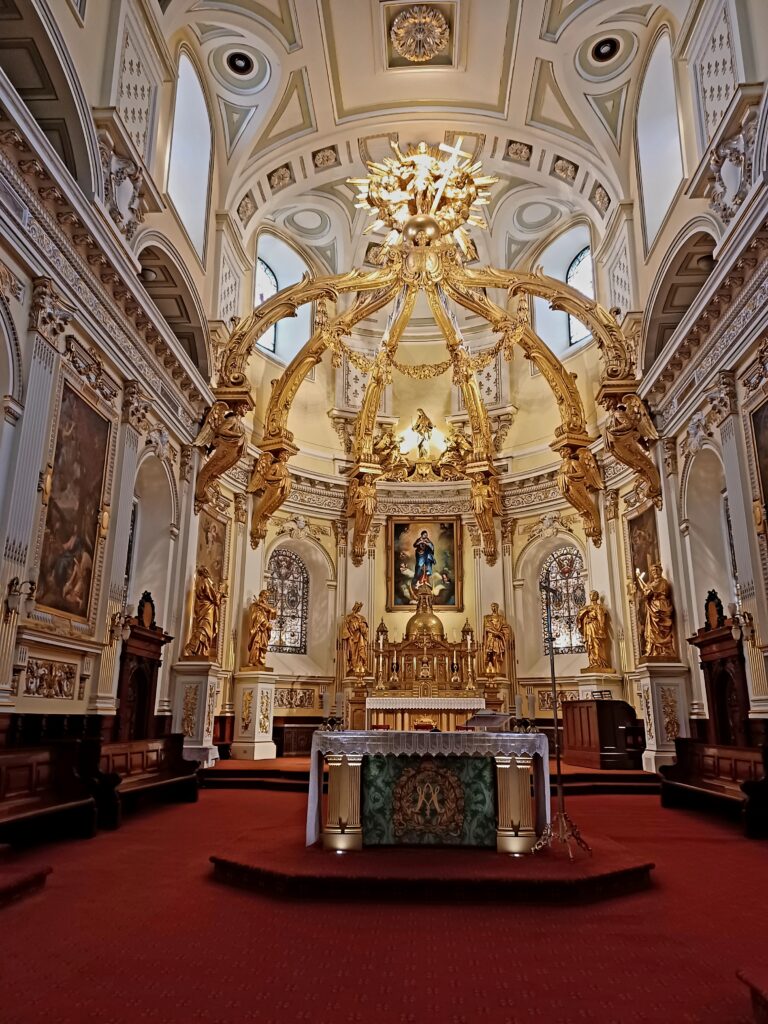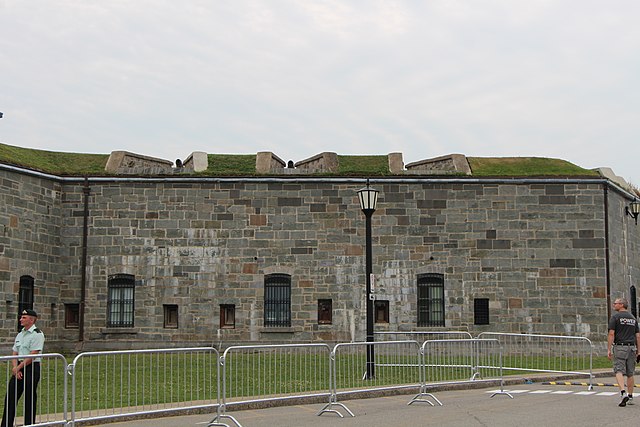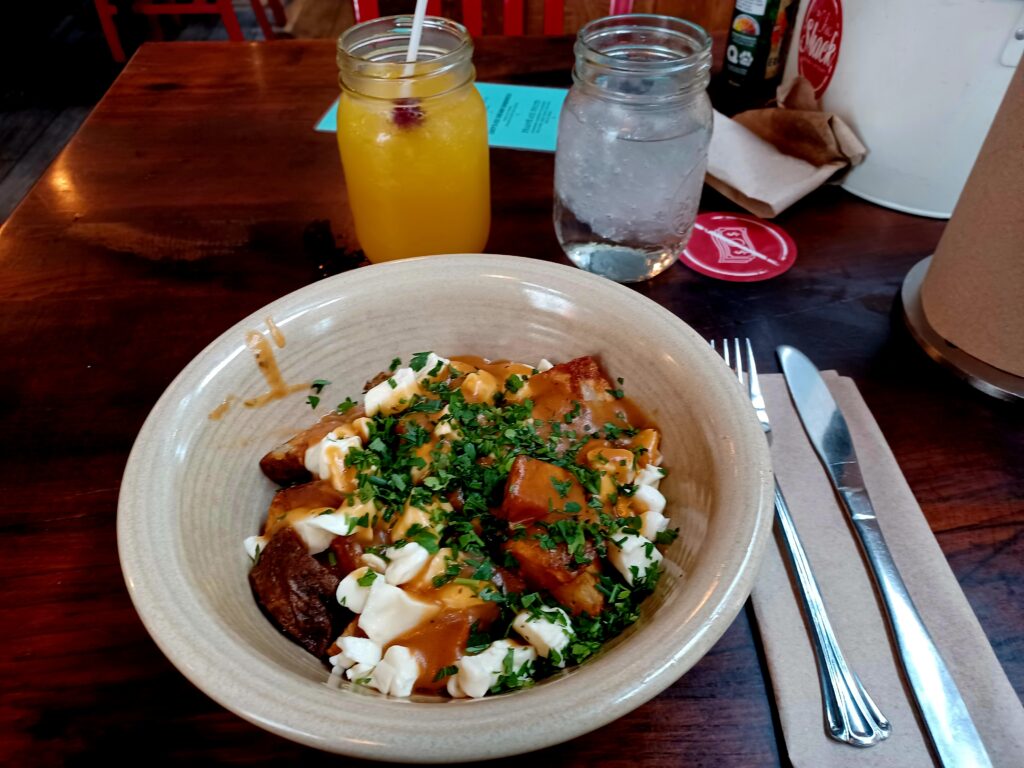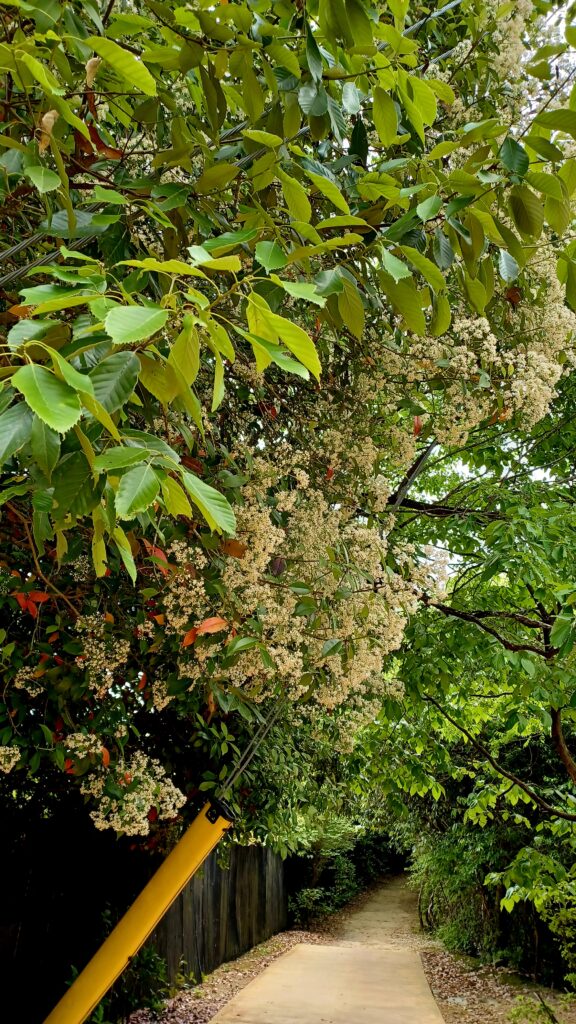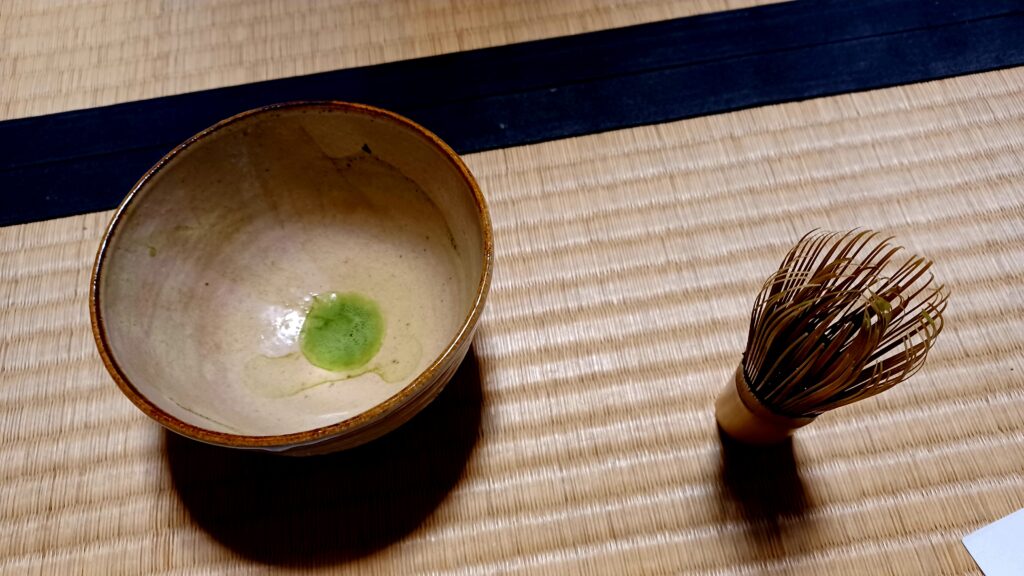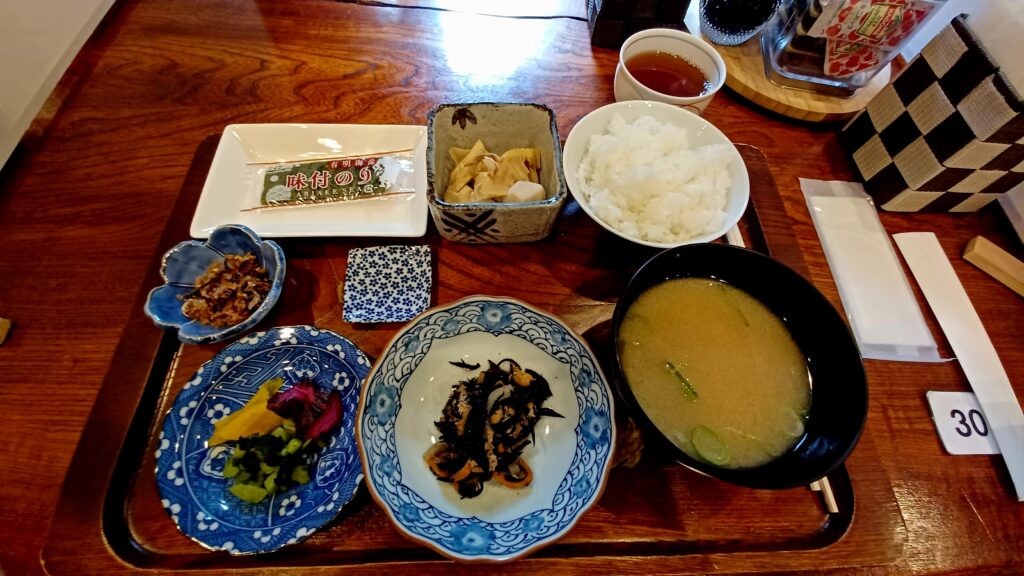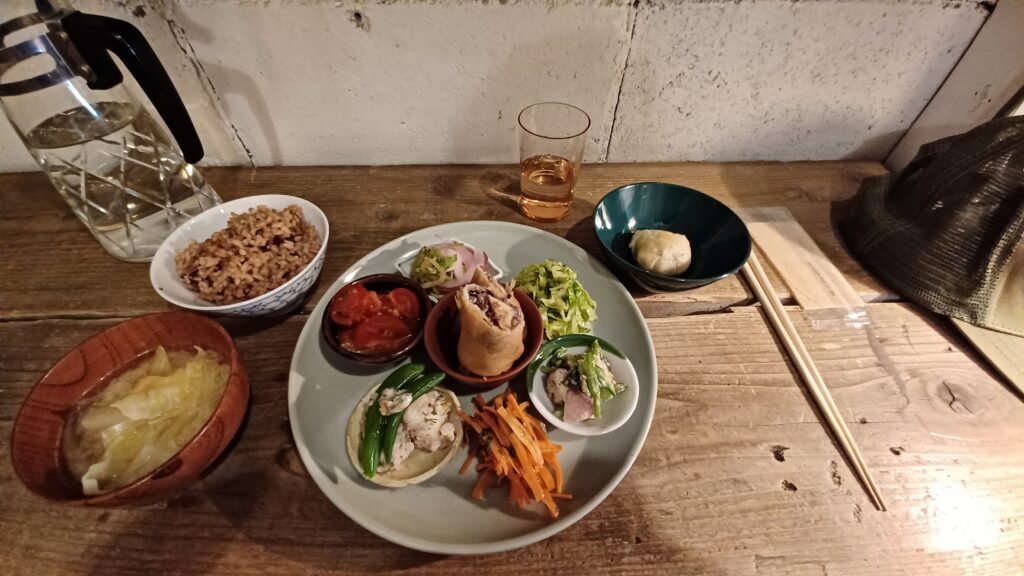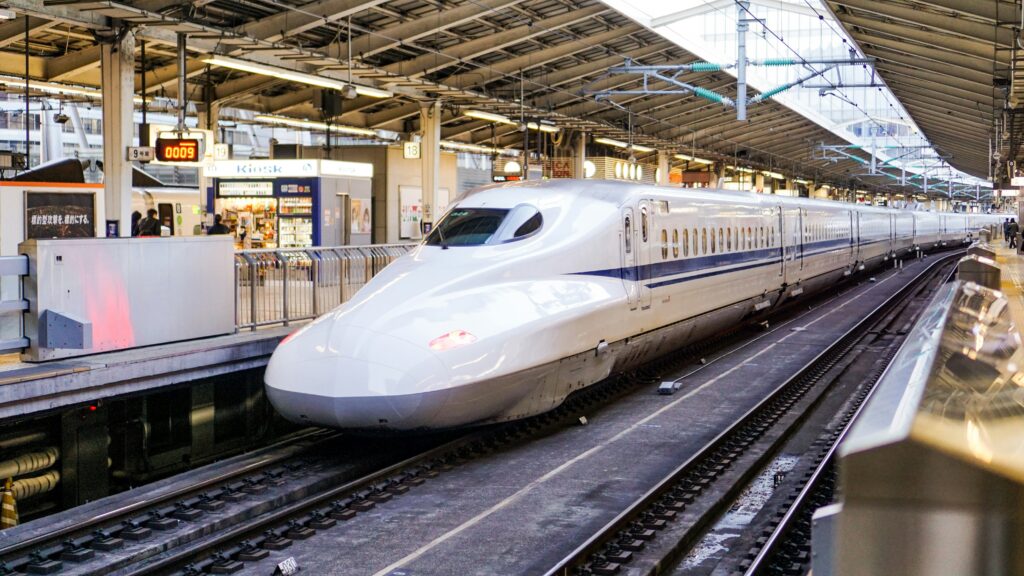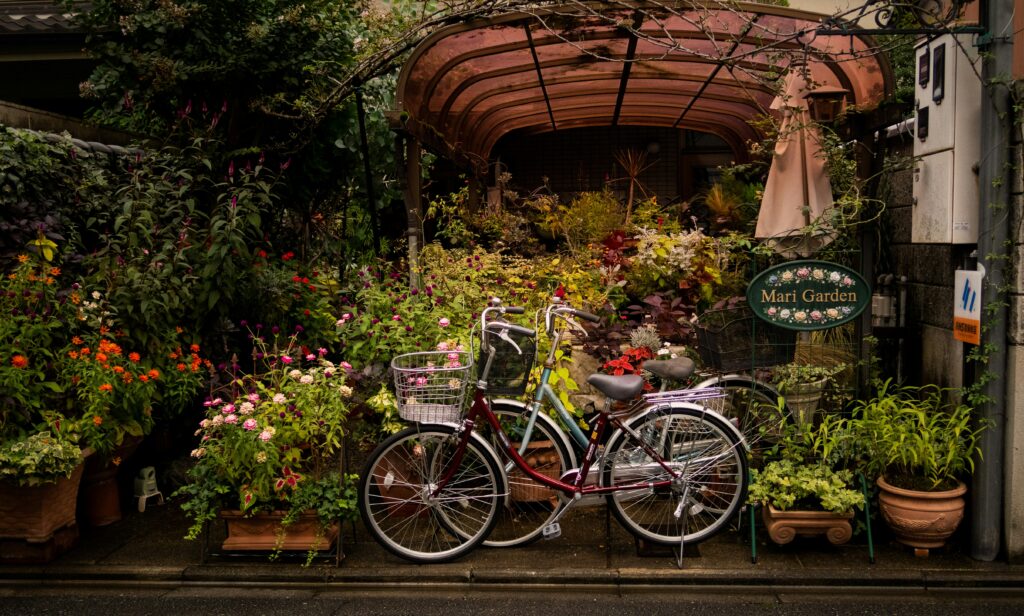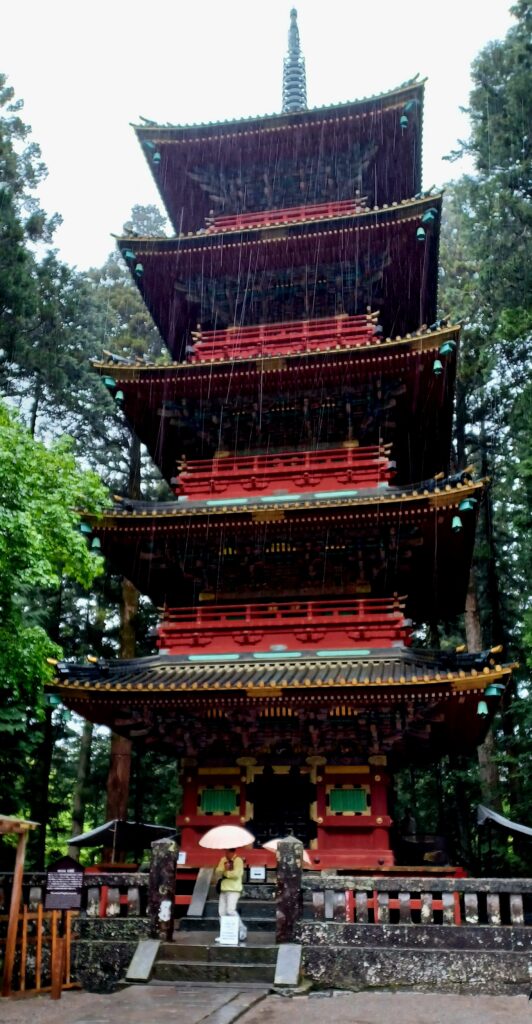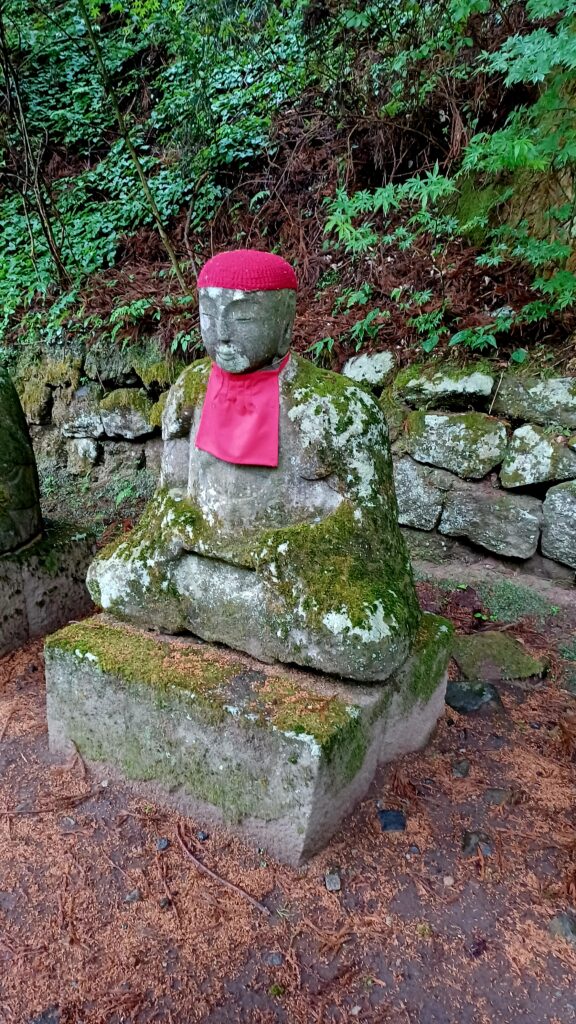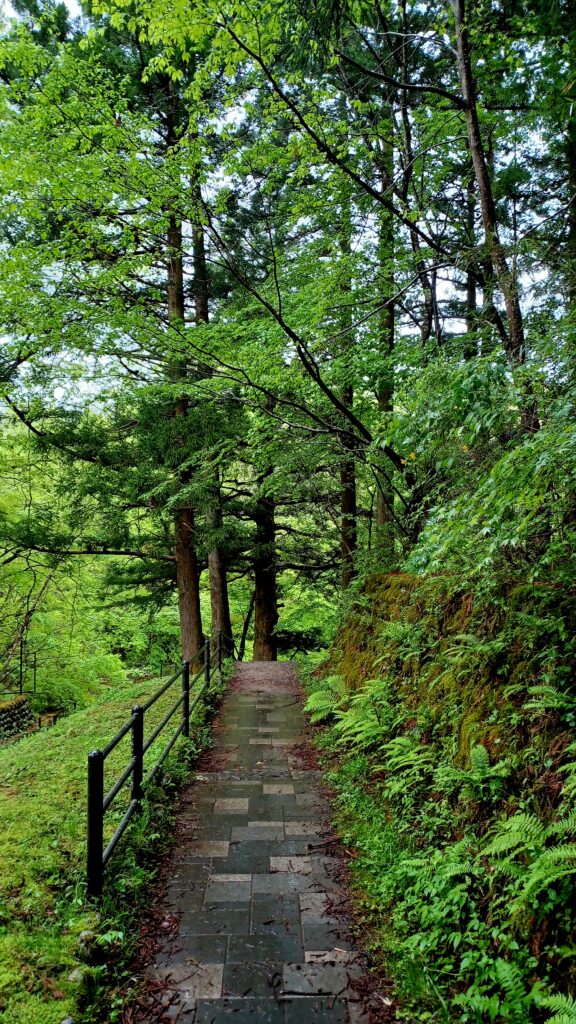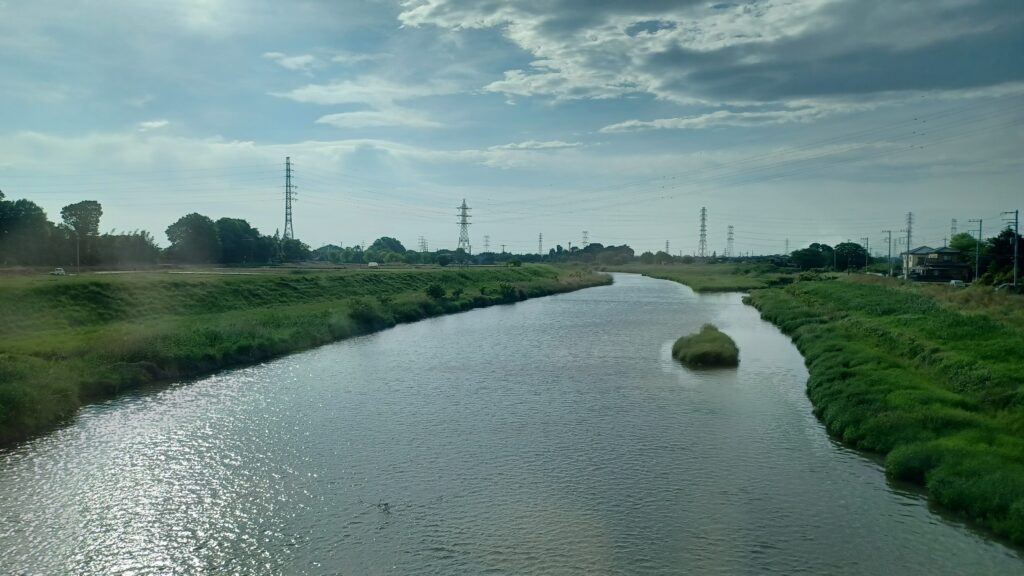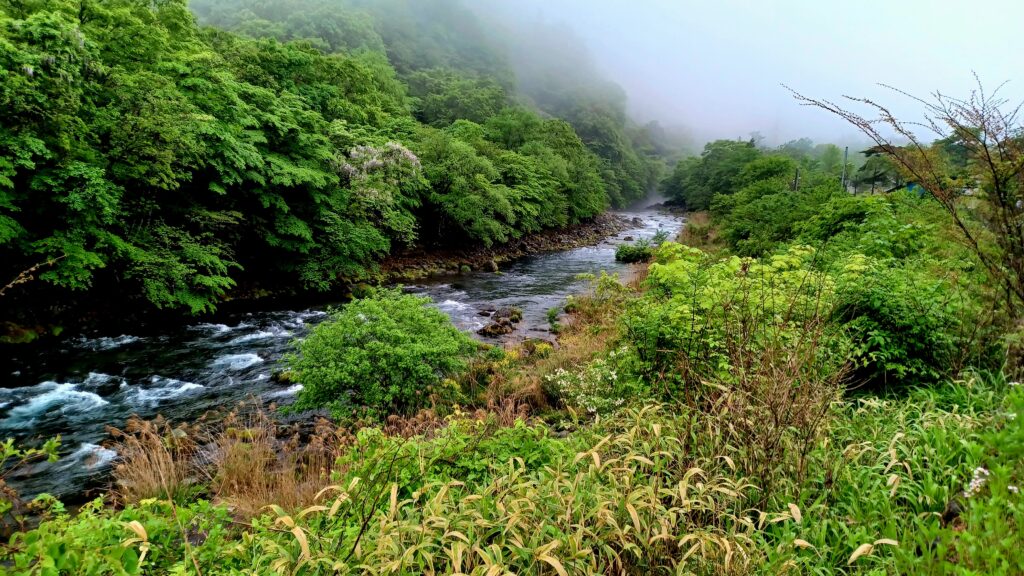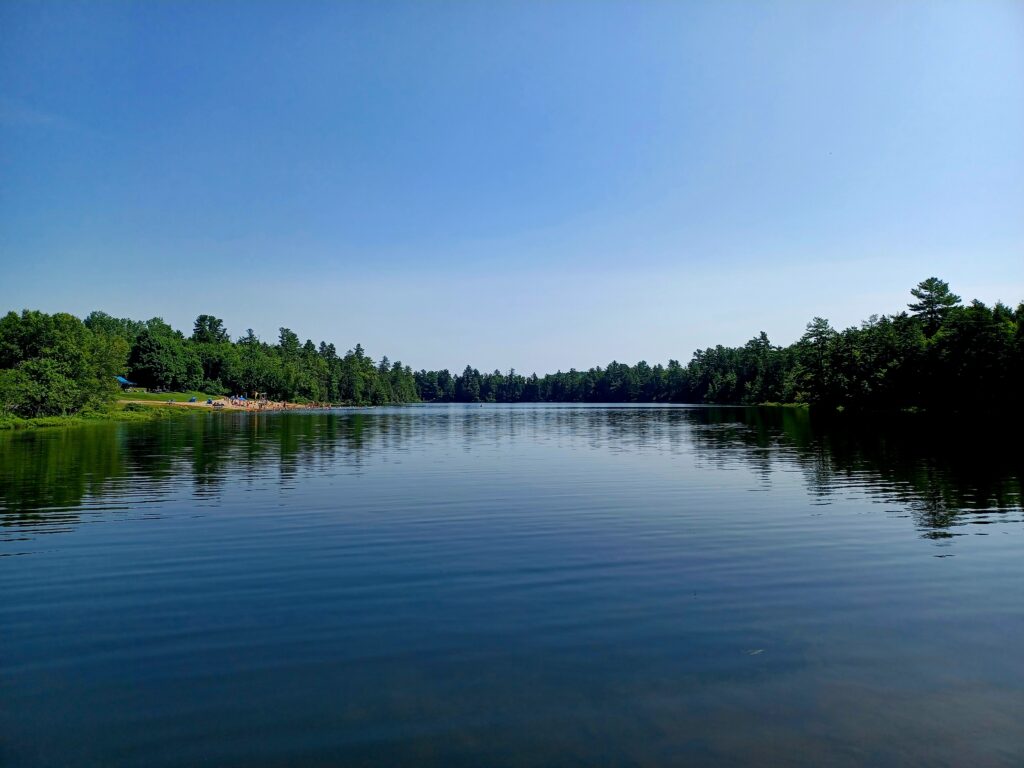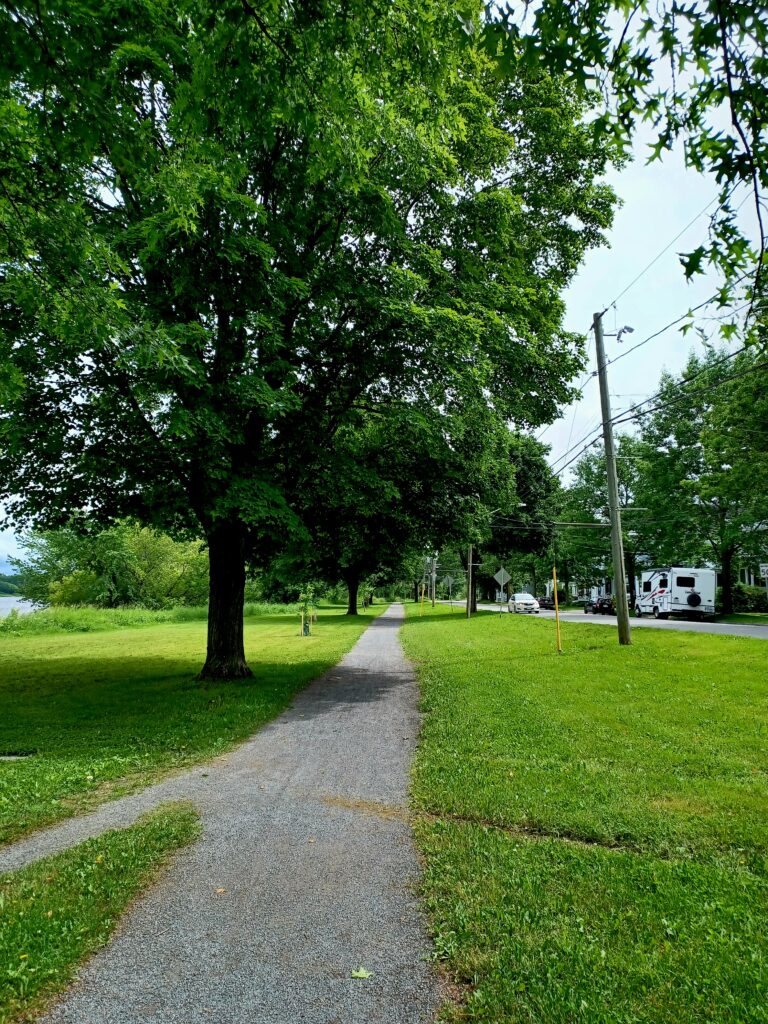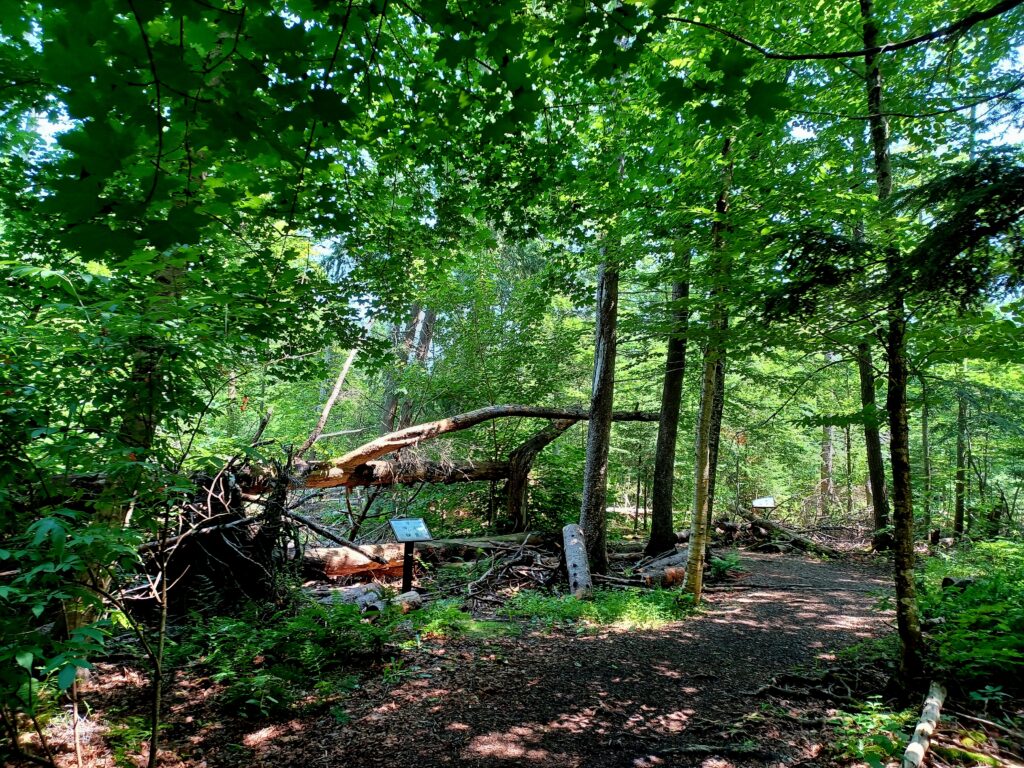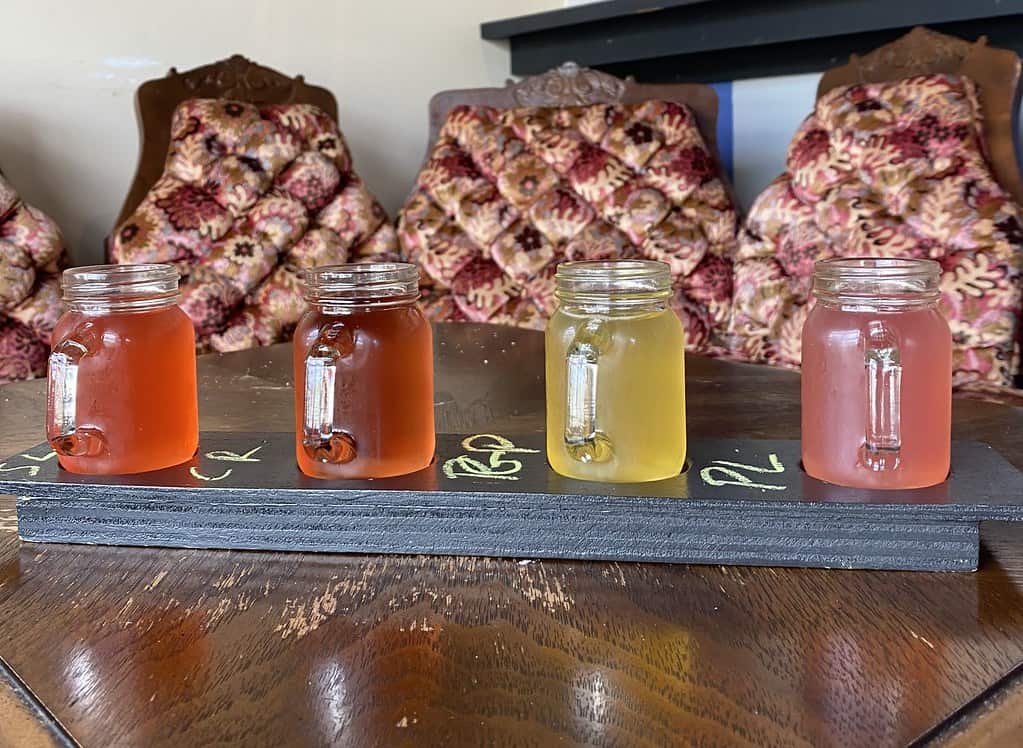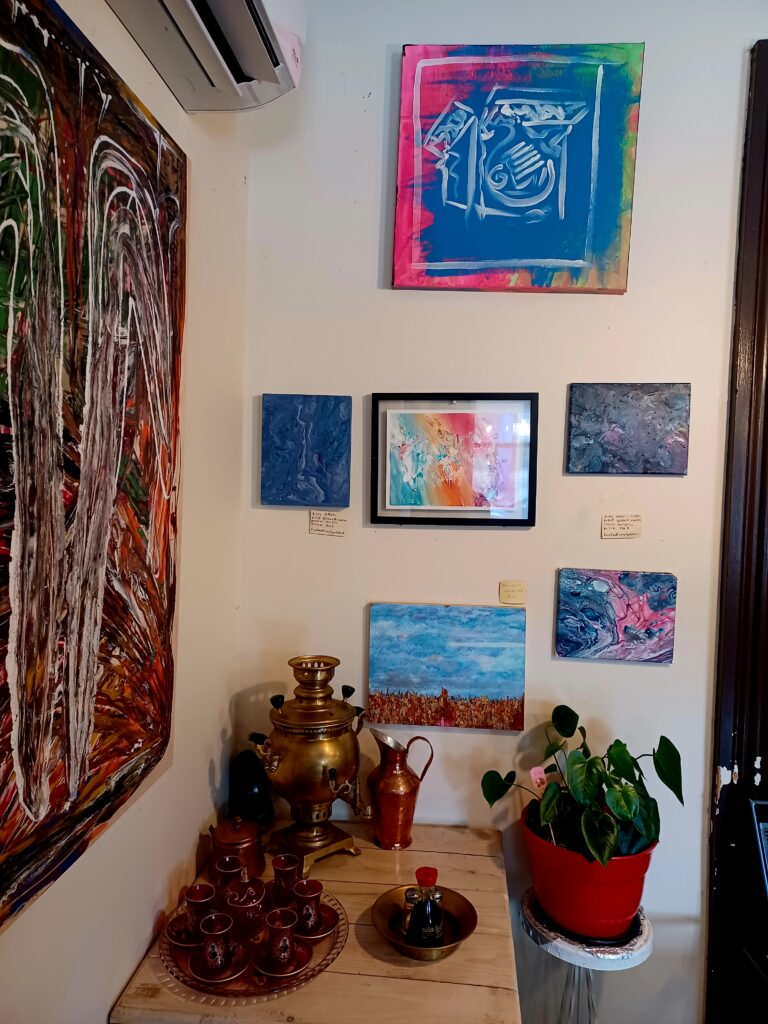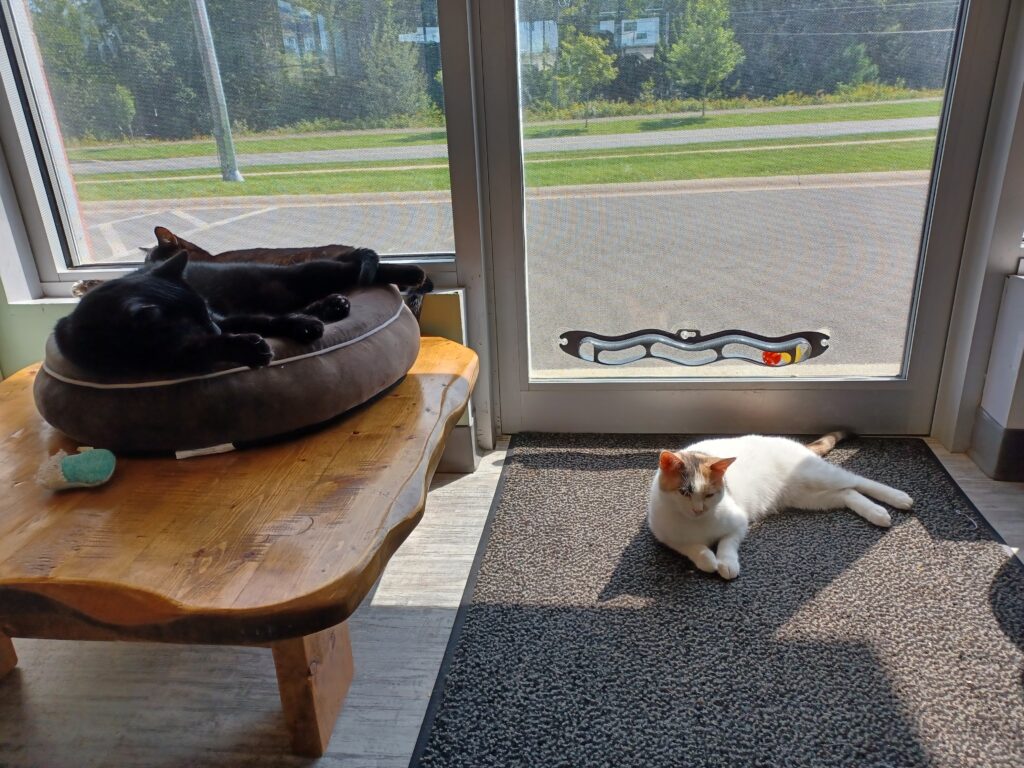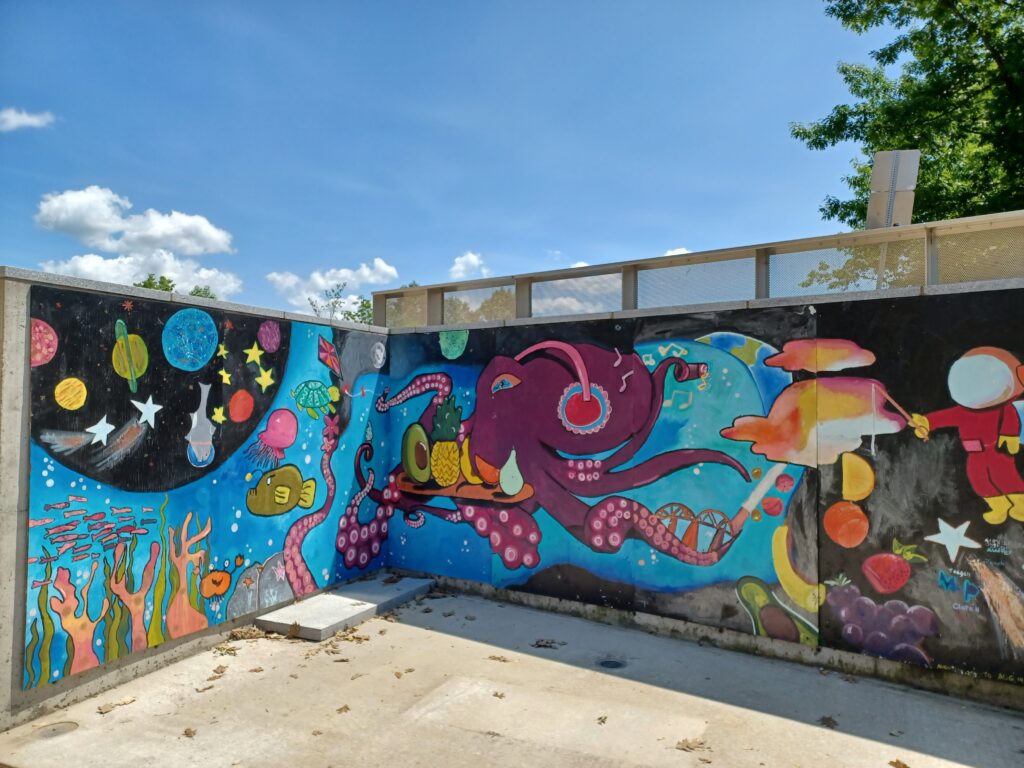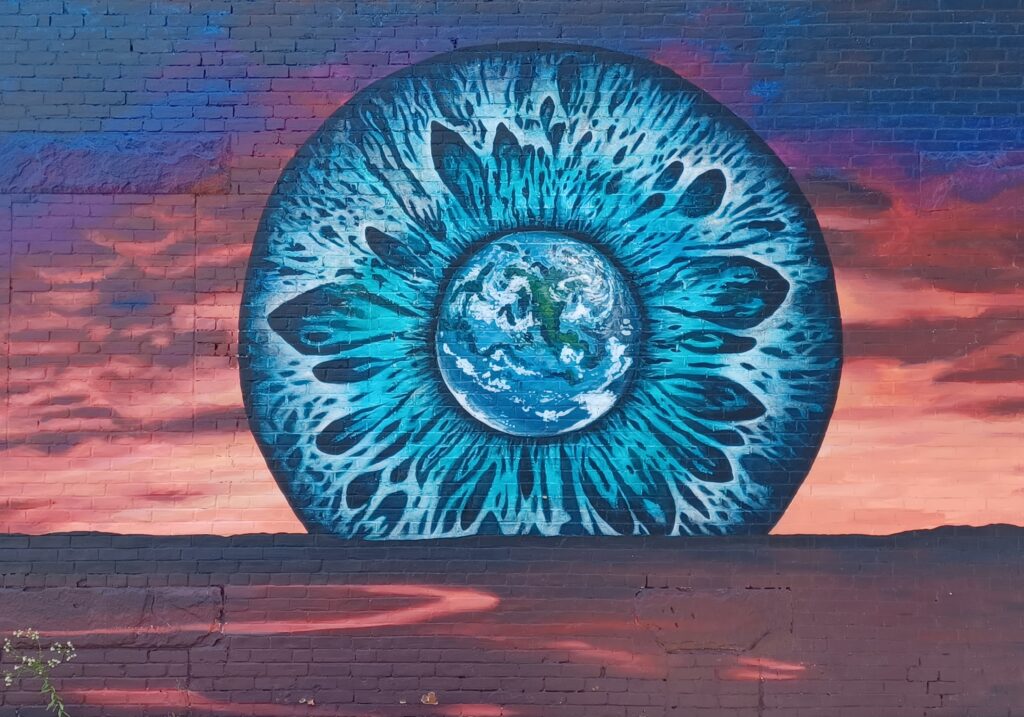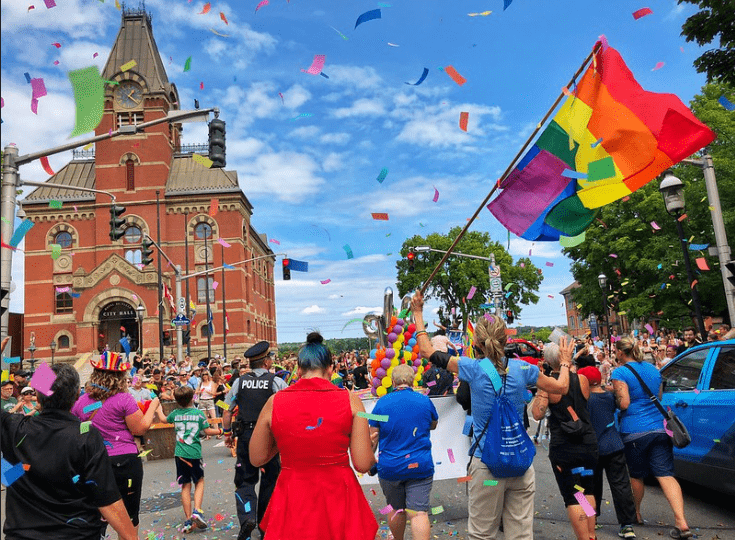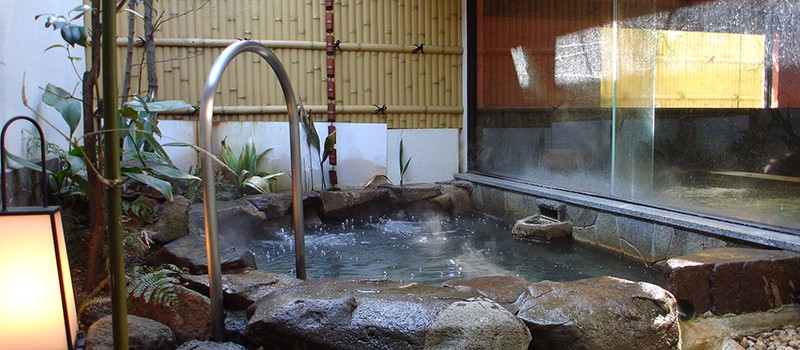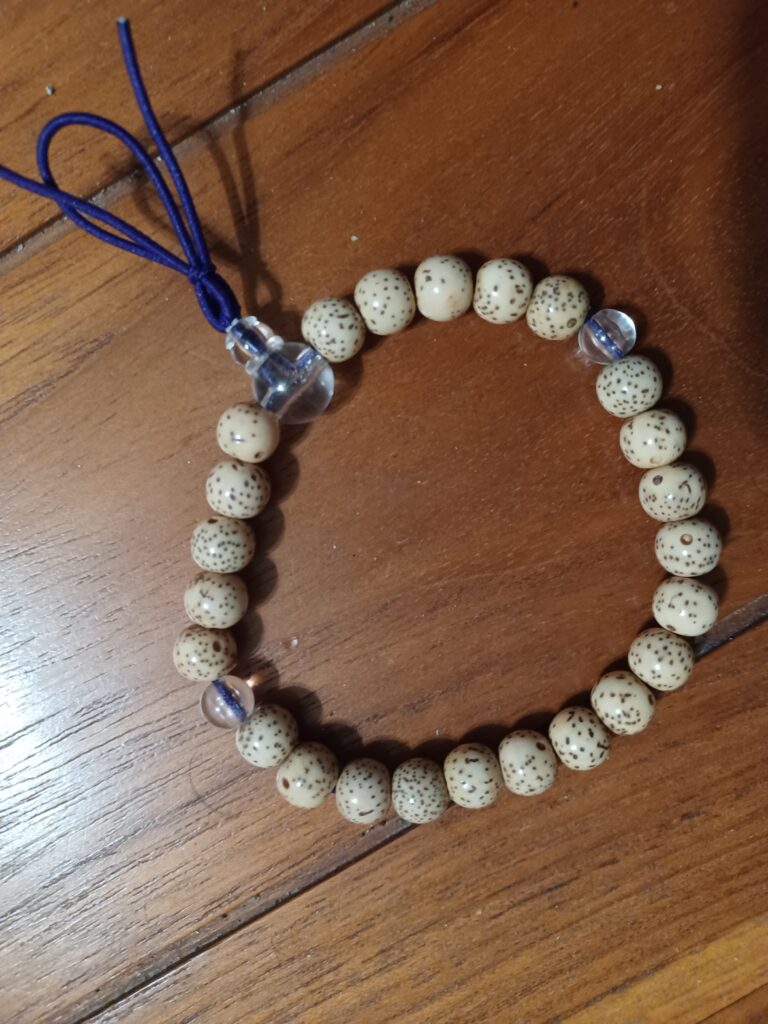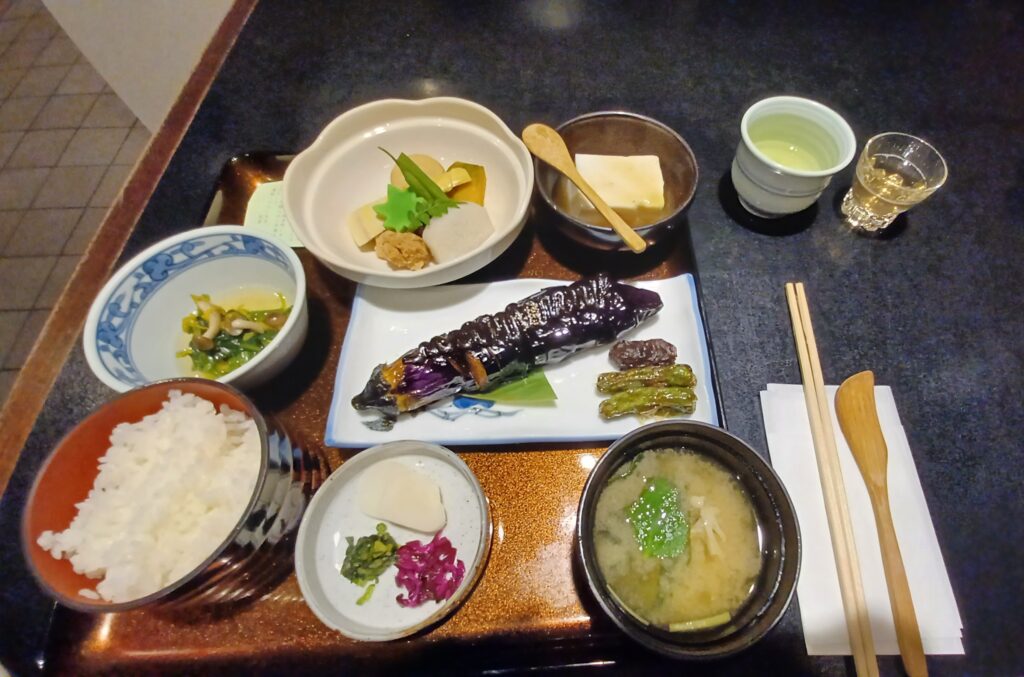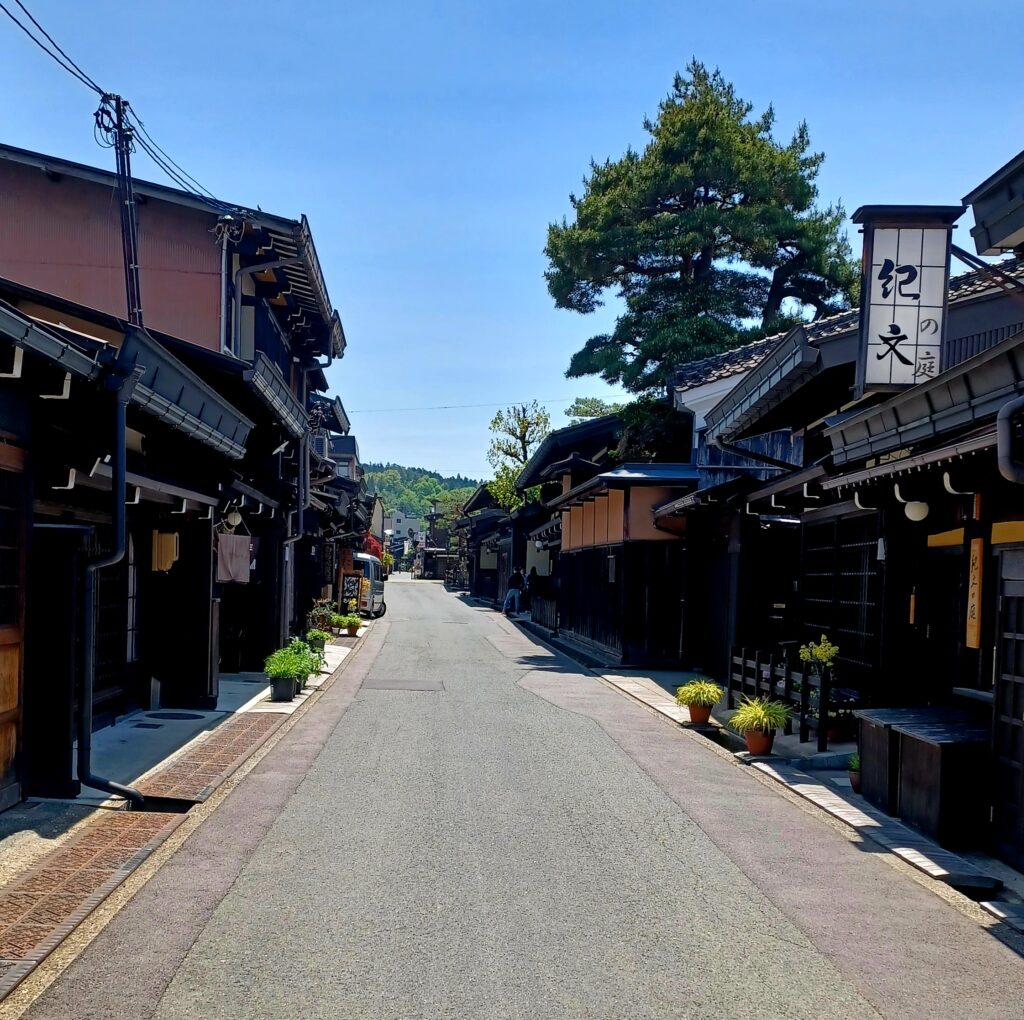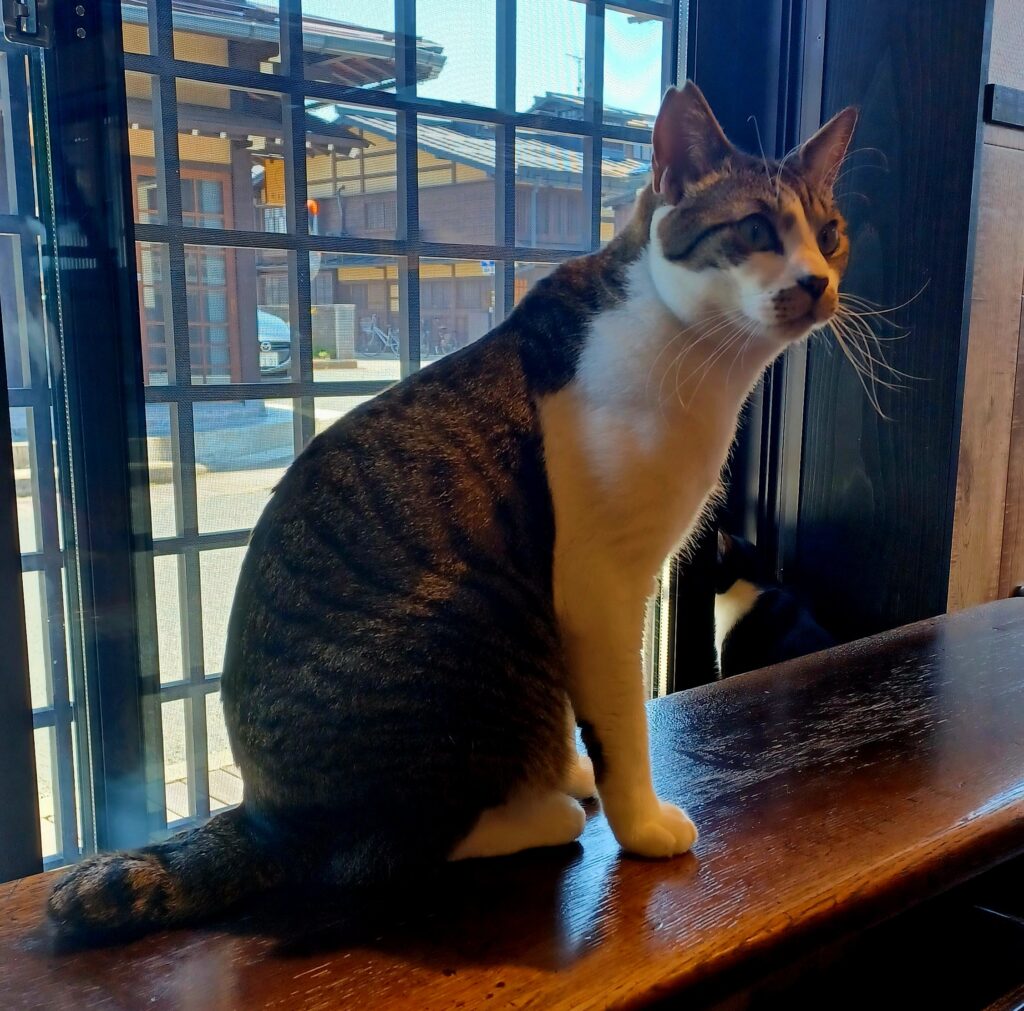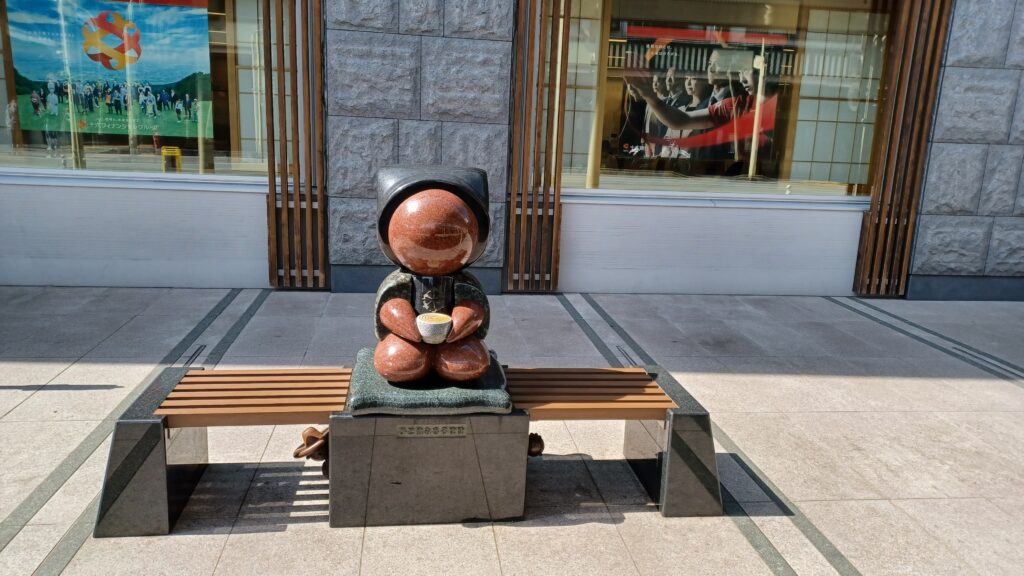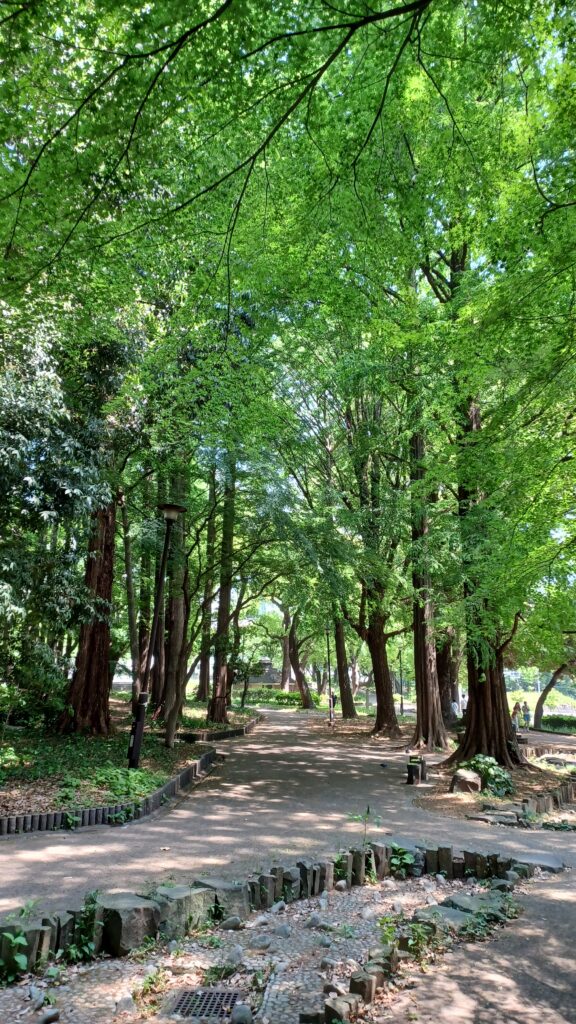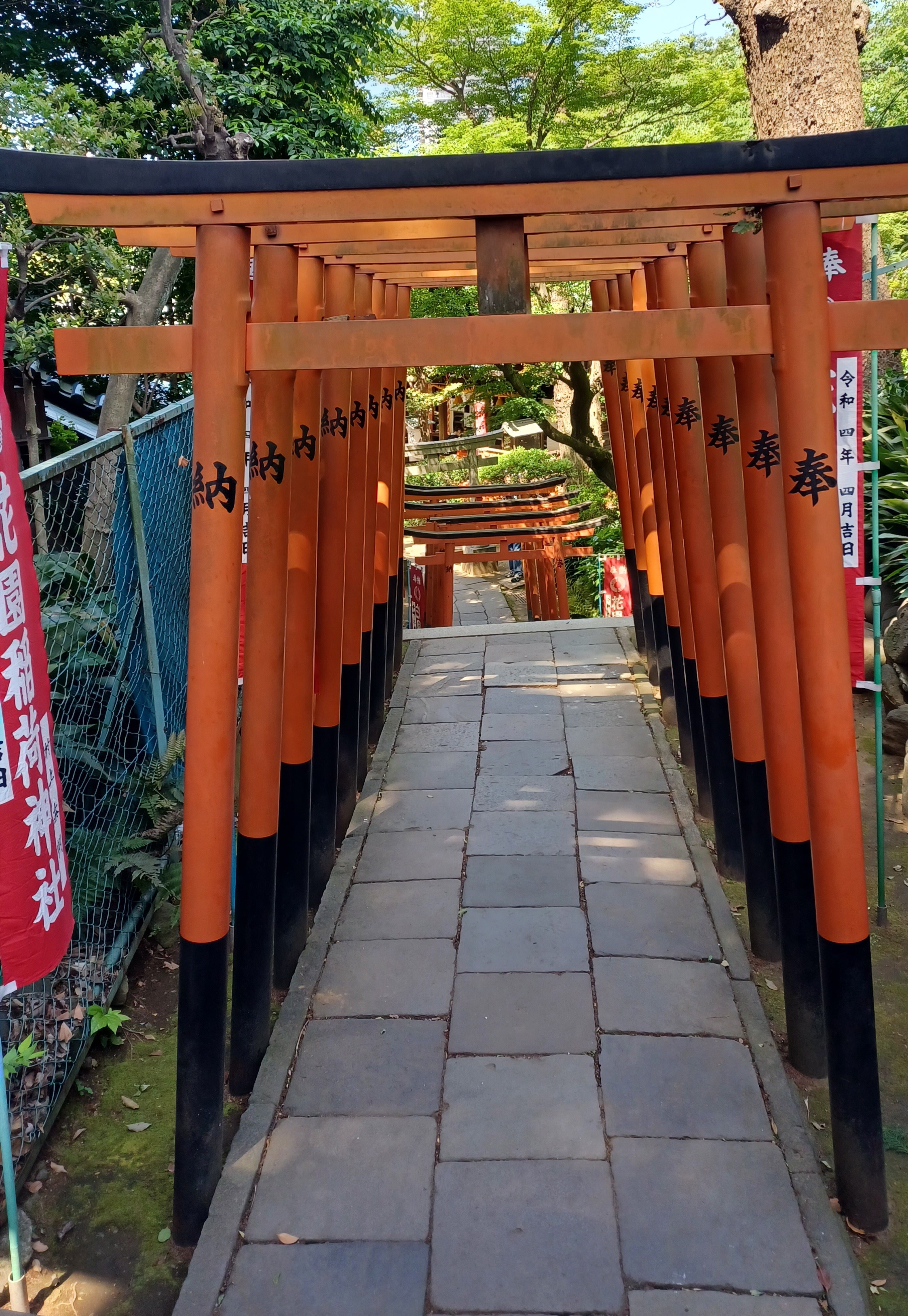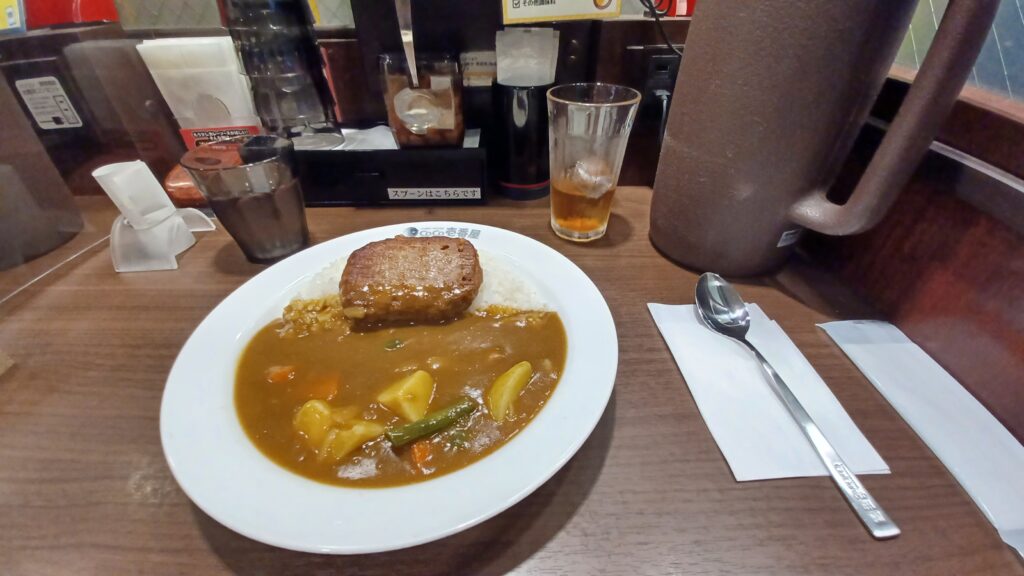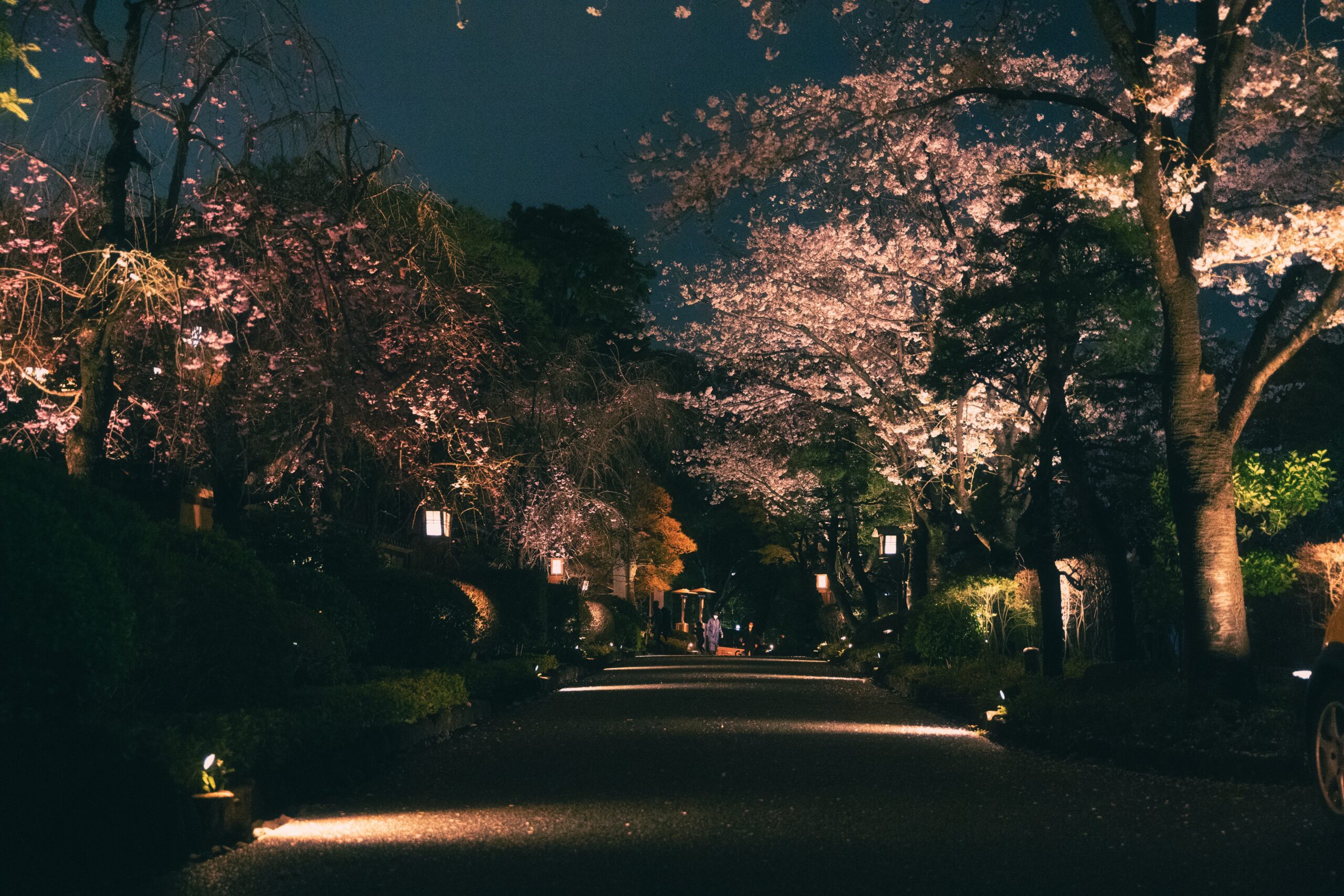Rimini is a small resort city on the Adriatic Coast in the Emilia-Romagna region of Italy. The ancient Romans first arrived here in 268 BC and turned Ariminum (Rimini) into a major commercial port. Rimini has also been known for arts and culture since the Renaissance. So is Rimini, Italy Worth a Visit?
After learning about Rimini’s unique architecture from ancient Roman times and the Renaissance, beautiful beaches, a vibrant culture and shopping opportunities, bustling restaurants, and green spaces, I knew I had to give it a shot on my Italy trip in May 2024!
Rimini has been popular with mostly domestic, but also foreign visitors since the first half of the 19th century.
But it’s not as busy as other cities in Italy (e.g. Venice, Rome, or Milan), which is another reason I decided to spend a Day in Rimini!
Disclosure: I only recommend products that I’ve used in the past, and all opinions expressed in this post are my own. This post contains affiliate links. If you use one of the links throughout the page to buy something, I may earn a small commission at no extra cost to you. Thank you!
The Greatest Things to See and Do in Rimini
Relax at one of Rimini’s Beaches
Rimini has a 15 km (9 miles) long coastline of white sandy beaches on the Adriatic Coast. There are private and public beach areas for locals and visitors to use. They usually have public washrooms, showers, lifeguards on site, locker rooms, and some have wheelchair ramps as well.
I hung out around Nettuno Beach (Lungomare Claudio Tintori, 34/a, 47921 Rimini RN, Italy) for a few hours and had a blast! You can swim or walk in the clear blue water, go surfing, build sand castles, soak up the sun, or play beach volleyball!
There were only a few people when I visited and you can grab food or drinks at the many bars and restaurants next to the beach. Besides, lots of people were rollerblading, cycling, or walking on the wooden pathway behind Nettuno Beach.


The Arco di Augusto (Arch of Augustus)
Address: Corso d’Augusto, 47923 Rimini RN, Italy
The Arco di Augusto is one of Rimini’s symbols that can’t be missed! This historical gate was completed in 27 BC to honour Caesar Octavian Augustus, the first Roman emperor. It’s the oldest surviving triumphal arch in all of Italy.
It was built from Istrian stone and is 10.4 meters (34.1 ft) high. If you look closely, you’ll spot four divinities between the arched lintel and the Corinthian capitals that were important to the Romans: Jupiter, Neptune, Minerva, and Apollo.

Besides, on both of the arch’s façades you can see two bull’s heads that are supposed to symbolize Rimini’s significance as a Roman settlement.
Go Shopping along Corso d’Augusto (Augustus Street)
After stepping through Arco di Augusto, wander along Corso d’Augusto, which is Rimini’s ancient main shopping street. Here you can find clothing stores, jewelry stores, beauty supply stores, bookstores, banks, and perfumeries on either side of the street!
If you’re in Rimini on a Wednesday or Saturday, stop at the street market at Piazza Malatesta and Piazza Cavour, that are only a few minutes from Corso d’Augusto.
There are also lots of cafés and restaurants on Corso d’Augusto if you need to take a break 😉
Check out the Torre dell’ Orologio (Clock Tower)
Address: Piazza Tre Martiri, 42, 47921 Rimini RN, Italy
If you like Renaissance architecture, don’t miss the iconic Torre dell’ Orologio! It was built in 1547, then rebuilt in 1759, and in 1875, an earthquake ruined the upper part. The Torre dell’ Orologio was last restored in 1933.
Aside from telling the current time, the Torre dell’ Orologio has shown a dial with a perpetual calendar, zodiac movements and moon phases since 1750.
On the façade of the tower is a large plaque that says Gloria ai Caduti per la Libertà (Glory to the Fallen for Freedom), a World War II memorial. Rimini was highly affected by Allied bombardments from November 1943 until its liberation in September 1944.
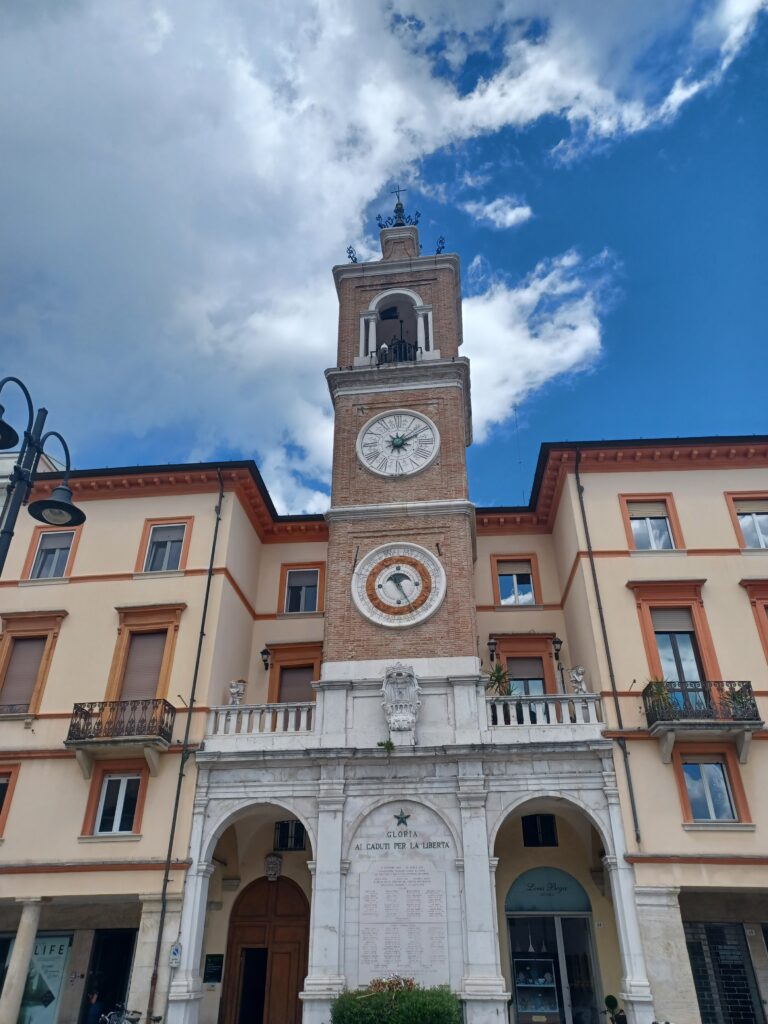
Admire the Statua di Giulio Cesare (Julius Caesar Statue)
Only a few steps further, also on Piazza Tre Martiri (Rimini’s main square) is the bronze Statue di Guilio Cesare. After he crossed the Rubicon river in 49 BC, Julius Caesar chose Rimini as his military base.
Besides, this is where he said the famous words “Alea iacta est” (The die has been cast) to his soldiers on January 10th of the same year.

Surprisingly, Benito Mussolini donated the Julius Caesar Statue to Rimini in 1933. But it’s not a symbol for fascism. Instead, it’s supposed to represent Rimini’s connection to its ancient Roman roots and rich history.
Walk Across Ponte di Tiberio (Tiberius Bridge)
Ponte di Tiberio is the other symbol of Rimini’s identity that has been standing here proudly since ancient Roman times.
Built between 14 and 21 AD, neither earthquakes nor destruction from several wars could bring it down! So it’s one of the most well preserved bridges from the powerful Roman empire.

The Ponte di Tiberio is an impressive example for the technical and engineering skills of the Romans. Moreover, Arco di Augusto and Ponte di Tiberio mark the start and end of Rimini’s city center.
There’s also a beautiful green space where everyone is welcome to sit and relax after crossing Ponte di Tiberio and learning about its impressive history!
Visit the Castel Sismondo (Sismondo Castle)
Address: Piazza Malatesta, 47900 Rimini RN, Italy
Another reason why Rimini, Italy is Worth A Visit is Castel Sismondo. Sigismondo Pandolfo Malatesta (the Lord of Rimini) built it in the mid 15th century and lived here with his wealthy family until he died in 1468.
Castel Sismondo was used as a palace and fortress to protect Rimini from intruders. Originally, it had six tall towers, luxurious rooms, 160 windows, and was surrounded by a deep moat with four drawbridges. Sadly, only a small part of the original castle has survived with time.

Things changed in 1857 when Castel Sismondo was turned into a jail. Several Allied bombs hit it on December 28, 1943, and some exploded close to the main door. This enabled many prisoners to escape, including a Jewish family from Trieste, who the fascists planned to deport soon after.
After the fascist regime ended in Italy, the fascist leaders of Rimini were imprisoned here. The jail officially closed its doors in 1967.
Today Castel Sismondo is home to the Federico Fellini Museum that honours one of Italy’s most famous film directors who was born and raised in Rimini.
Wander Around Rimini’s Parks for a Bit
If you like nature, wander around one of Rimini’s beautiful green parks for a bit! I loved walking through Parco Cervi (Cervi Park), which takes you from the beach close to Piazza Kennedy to Arco di Augusto and the city center in only 25 minutes!
There’s also a cycle path, sculptures, playground, and of course, lots of trees!

Other Things to See & Do in and near Rimini
If you’re in this region for a bit longer, there are lots of other Things to See and Do in and near Rimini!
Here are a few more attractions that sound pretty cool:
Tempio Malatestiano (Malatesta Temple)
Address: Via IV Novembre, 35, 47900 Rimini RN, Italy
Tempio Malatestiano is a stunning cathedral in the city center. It’s another great example of Renaissance architecture in Rimini.
Sigismondo Pandolfo Malatesta commissioned this cathedral in 1447. Unfortunately, he started running out of money in 1460, so Tempio Malatestiano has remained unfinished until this day.

In1809, Tempio Malatestiano was dedicated to St. Columba and its status was changed to a cathedral. Besides, bombings heavily damaged it in 1943, but it was quickly restored in 1950.
These days, visitors can look at intricate mosaics, frescoes by Piero della Francesca, and Giotto’s Crucifix inside Tempio Malatestiano. It’s open daily and there’s no admission fee.
Enjoy a View of Rimini from La Ruota Panoramica (The Big Ferris Wheel)
Address: L.go Ruggero Boscovich, 47921 Rimini RN, Italy
For a special view of Rimini, go inside one of the “gondoles” on La Ruota Panoramica! It’s open from Easter to late September and since it’s right next to the beach, it offers a stunning view of the City of Rimini and the Adriatic coast!
The cabins are closed and see-through, so it’s a safe activity for everyone to enjoy! The ferris wheel is 55 meters (180 ft) high and the tour takes 4 to 6 minutes. La Ruota Panoramica is open daily from 3 pm to 12 am.

Visit Italia in Miniatura Theme Park
Address: Via Popilia, 239, 47922 Rimini RN, Italy
Italia in Miniatura is a fun theme park for grown ups and kids alike! Here you can see 273 of Italy’s and Europe’s attractions in miniature form. It opened in 1970 and attracts 400,000 visitors per year!
Italy’s highlights include the Piazza Bra and Arena in Verona, Palladian Basilica in Venice, and the Colosseum and Trevi Fountain in Rome.
European examples are St. Paul’s Cathedral in London, the Eiffel Tower, and Neuschwanstein Castle in South Germany.
Take a Day Trip to San Marino
Rimini is the closest city to the independent Republic of San Marino. This small country is famous for its stunning views of the Adriatic Sea, historic attractions (e.g. The Three Towers and castles), museums, San Marino Adventure Park, great restaurants, and shopping opportunities!

Check Out the Rimini Museo della Città (Rimini City Museum)
Address: Via Luigi Tonini, 1, 47921 Rimini RN, Italy
Wanna learn even more about Rimini’s rich history and culture? Then The Museo della Città is the right place! Built back in the 18th century as a Jesuit monastery, it later was a hospital (first military and then civil), before it became a museum.
The museum has many exhibits of local historical-artistic heritage of Rimini from ancient Roman times to the modern days. In fact, you can look at more than 1,500 works in 40 galleries inside the Museo della Città!
Highlights of the museum include the Archaeological Section, Medieval Section, Roman Lapidary, and the Pinacoteca, a picture gallery where artworks from the 12th century to 1900 are displayed.
Where to Stay in Rimini
As a popular tourist destination, Rimini has a great selection of accommodation options for any kind of traveler. Whether you prefer hostels, (budget) hotels, or luxury resorts, Rimini has you covered!
I stayed at Hotel Bellevue (Piazzale John Fitzgerald Kennedy 12,47921 Rimini RN, Italy), a clean and budget-friendly hotel only 5 minutes from Nettuno Beach. I’m so glad I stayed here, as the receptionists were super friendly (they actually upgraded me to a room with a balcony, yay!).
Moreover, the free breakfast buffet was amazing! There were so many options, e.g. bread, pastries, cheese, eggs, fruit, veggies, cold cuts, juice, coffee, and tea, and the vibe in the breakfast room was so warm and cozy. So it’s perfect to fill yourself up before you spend a Day in Rimini!


There are many bars and restaurants just a few minutes of a walk from Hotel Bellevue as well.
Where to Eat & Drink in Rimini
As you’d expect from any Italian town or city, Rimini has an awesome selection of Italian restaurants to offer, such as pizzerias, trattorias, and gelaterias!
Well, after devouring on lots of tasty Italian food in Verona and Venice, I was in the mood for something different in Rimini. So I ended up having dinner at Poke Scuse (Corso d’Augusto, 54, 47921 Rimini RN, Italy), a Hawaiian restaurant!
I ordered the Piovono Polpette bowl (couscous, hummus, soy meatballs, cherry tomatoes, feta, cucumbers, yoghurt dressing, and sesame seeds). It was super yummy as well!
But of course, I had to try different flavours of gelato while in Rimini! So I grabbed a Nutella and cheesecake gelato at Gelateria La Scintilla (Corso d’Augusto, 148, 47921 Rimini RN, Italy). It was one of the best gelato I had on my trip and they also have vegan options!


How to Get to Rimini on Public Transportation
Rimini is quite easy to reach via public transportation. I took the local train from Venice (via Bologna) to Rimini, which took about four hours. Faster connections can be booked as well, but are often more expensive.
Trenitalia is Italy’s major train company and the prices were quite cheap and the trains were mostly on time!
Another budget-friendly option to travel to Rimini is Flixbus. It takes about 6 hours from Venice to Rimini (via Padua) and there’s free Wi-Fi and the buses are clean and safe.
The local buses in Rimini can take you wherever you need to go, even to places outside of the city, like San Marino.
The closest airport to Rimini is Federico Fellini International Airport, which is only a short drive to the city center via car, taxi, or bus. It offers flights from/to domestic and international destinations.
The Best Time to Visit Rimini
Many people visit Rimini during the summer months (July and August), but I recommend going during the shoulder season (April-June or September-October). Why? Well, it often gets very hot in the summer and prices are the most expensive.
Also, while there were some tourists around when I visited in May 2024, it wasn’t overwhelming at all. The average temperature was 25 C (77 F), which was perfect for walking around and exploring Rimini’s stunning tourist attractions.

The quietest time of the year in Rimini is from November to March, which is when prices are at its lowest, but some attractions may be closed. So I suggest doing your research before you visit Rimini during these months.
How Many Days Should I Spend in Rimini, Italy?
I’d recommend to spend at least a Day in Rimini. You’ll have time to see the hotspots, like Arco di Augusto, Ponte di Tiberio, and Castel Sismondo, and try out a few of Rimini’s restaurants.
But if you’d like to dig deeper in Rimini’s history and culture, and see places outside of the city, it’d be better to stay for two days. You’ll have a lot of time time to check out Italia in Miniatura, San Marino, Museo della Città, and other places.
Is Rimini a Safe City for Walking or Biking?
Yes, Rimini is very walkable and safe! Most attractions are in the city centre, so it’s easy to visit one after the other. Moreover, since it’s a smaller city, I didn’t have to worry about crazy traffic when crossing the street or pickpockets (which is common in bigger Italian cities!).
Rimini is also very bike friendly, because there are many bike lanes around (such as in Parco Cervi), as well as several bike rental companies. In fact, Rimini is where I saw the most cyclists on my Italy trip, so it seems like it’s a big part of the city’s culture!
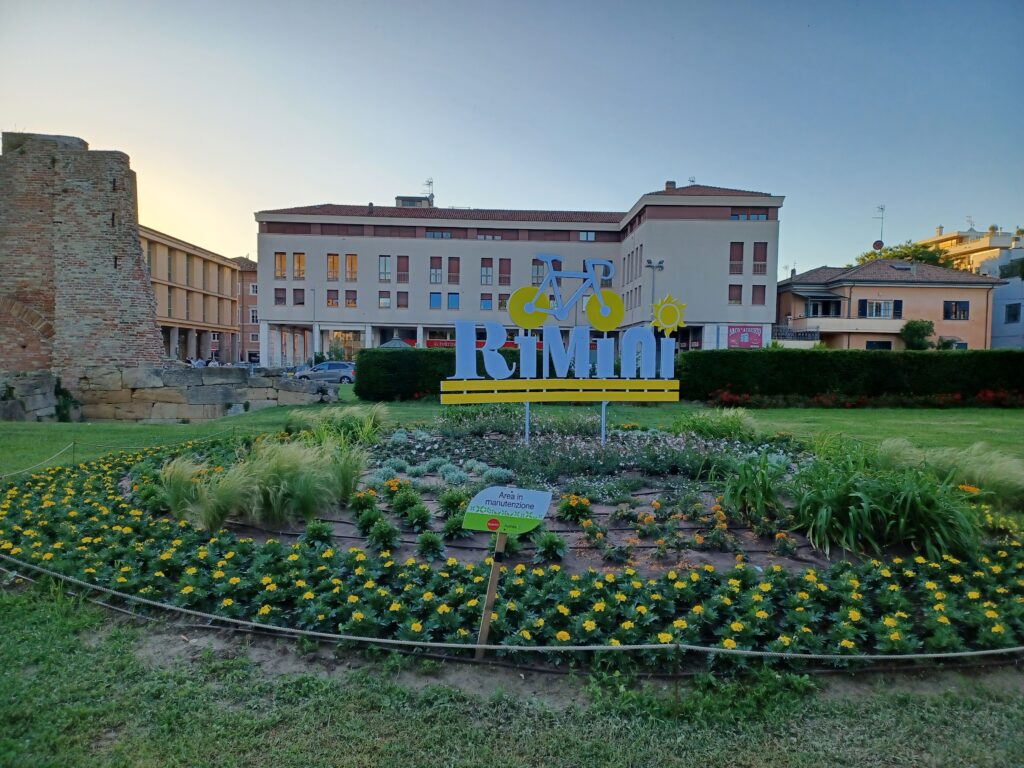
Wrap Up: Is Rimini, Italy Worth A Visit?
As you can probably tell by now, the answer to this question is Sì, naturalmente (Yes, of course), Rimini is Worth a Visit!
Although Rimini is not on everyone’s Italy itinerary, I think it’s worth giving it a chance. It’s less crowded than other places, charming, affordable, clean, and safe (no need to worry about crazy traffic and pickpockets!). I also liked its green spaces and the locals were friendly and easy going.

My favourite Things to Do and See in Rimini are Nettuno Beach, Arco di Augusto, and Ponte di Tiberio. It’s a perfect spot to relax and it’s amazing that these iconic landmarks still stand proudly after all these years, after winning against several earthquakes and war destructions!
Have you visited Rimini before? If so, feel free to share some insider tips with me! Grazie 😀
Spending more time in Italy? Then check out this post:
